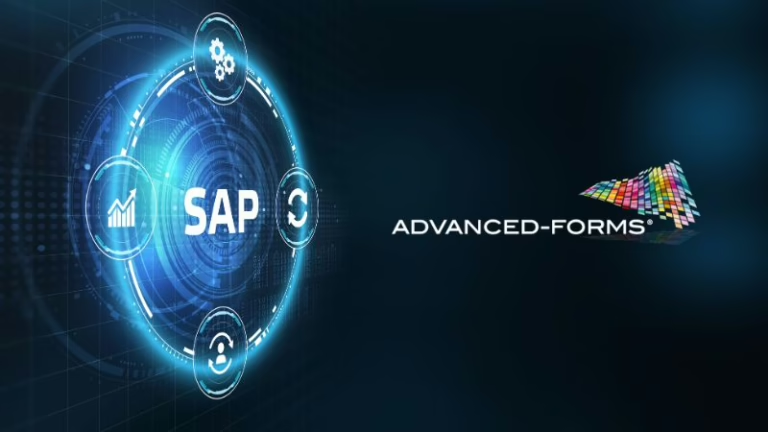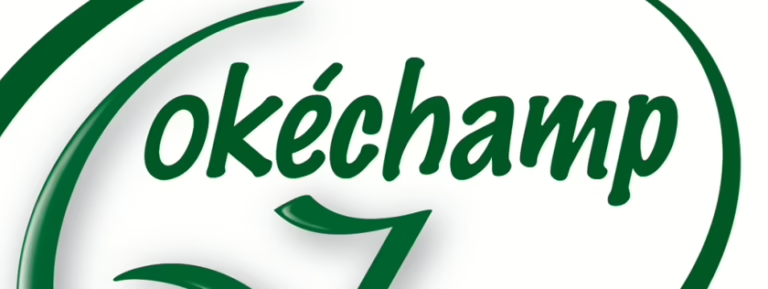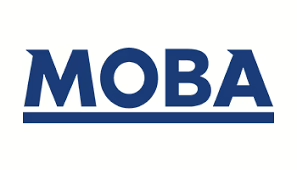When implementing an ERP system, businesses often face the challenge of managing their document output management (DOM) process most effectively. RDLC offers an in-built solution for Microsoft Dynamics users, while Advanced-Forms® provides a more comprehensive, ERP-independent approach. Let’s explore these two options in detail, particularly in light of choosing the most beneficial solution for your organization.
RDLC: The Built-in Microsoft Solution
RDLC reports are designed to operate within the Microsoft Dynamics ecosystem, including Business Central and NAV, offering a solid foundation for basic reporting needs. These reports are particularly useful for standard document output tasks where the built-in functionality of the ERP system suffices.
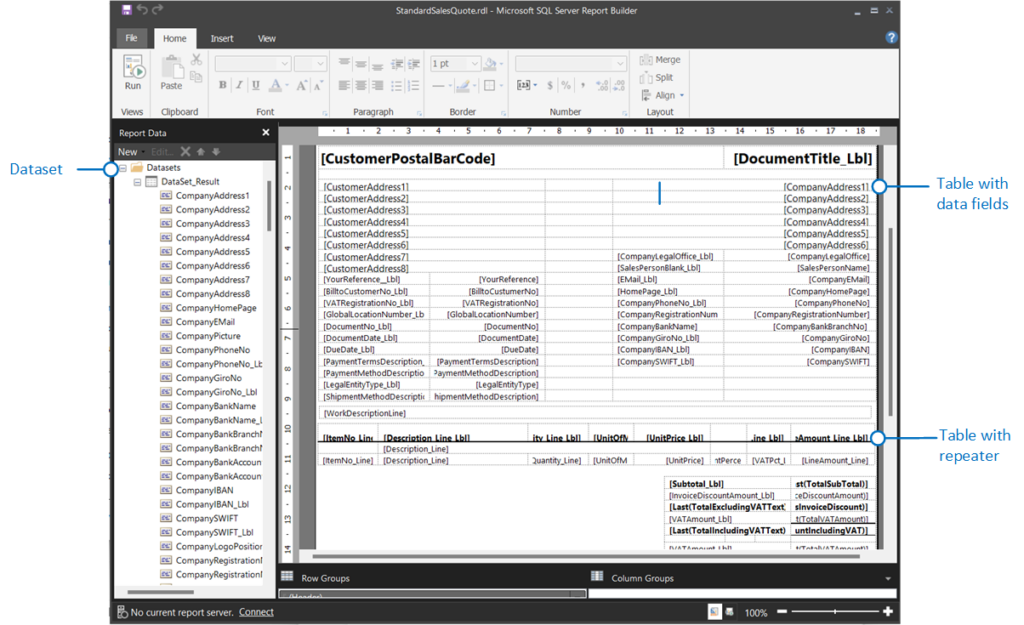
Advantages of RDLC:
- No Additional Costs: Being part of the Dynamics platform, there are no extra licensing fees for using RDLC.
- Direct Integration: RDLC is seamlessly integrated with Dynamics ERP systems, simplifying implementation.
Limitations of RDLC:
- Complexity in Customizations: Modifying RDLC reports requires substantial technical skills, which can be a barrier for users without programming experience.
- Performance Issues: Users may experience performance issues when generating complex or voluminous reports.
Advanced-Forms®: The Comprehensive, ERP-Independent Solution
Advanced-Forms® is designed to overcome the limitations of built-in ERP reporting tools like RDLC. It offers a powerful, flexible solution for document output management that can integrate with a wide range of ERP systems, not limited to the Microsoft Dynamics ecosystem.
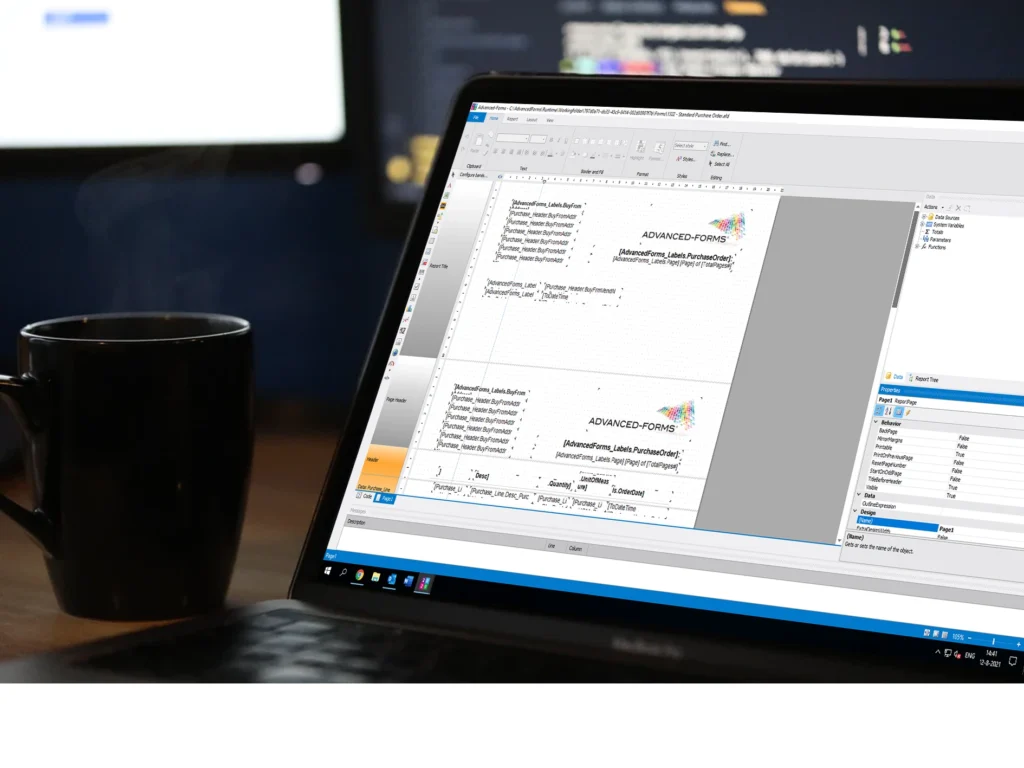
Advantages of Advanced-Forms®:
- Extensive Customization Capabilities: Advanced-Forms® provides an intuitive interface that allows users without in-depth technical knowledge to design and customize complex documents.
- Efficient Automation and Distribution: The platform automates the generation, distribution, and archiving of documents, making the process more efficient and less prone to errors.
- ERP-Independent: Advanced-Forms® can integrate with various ERP systems, making it a flexible solution for businesses that use multiple systems or are considering migration.
Which to Choose?
While RDLC is a convenient option for businesses with simple reporting needs within the Microsoft Dynamics ecosystem, Advanced-Forms® offers significant advantages for organizations looking for greater flexibility, efficiency, and scalability in their document management processes.
- Opt for Advanced-Forms® if:
- You require complex, customized documents that go beyond standard capabilities.
- You want to automate and streamline your document processes for maximum efficiency.
- You are looking for a solution that is compatible with multiple ERP systems.
Conclusion
In the comparison between RDLC and Advanced-Forms® for your ERP document management, Advanced-Forms® stands out as the more versatile and powerful option. It offers comprehensive customization and automation capabilities, supports a wide range of ERP systems, and is designed to meet the evolving needs of modern businesses. By choosing Advanced-Forms®, you invest in a future-proof solution that will significantly enhance the efficiency, accuracy, and professionalism of your document output management. Interested in a demo? Contact sales@quadira.com!


